Snapshots in History
We haven't always been called the "Stamps School of Art & Design," but creative practice and scholarship have been part of the University of Michigan experience from the start. We're celebrating the university's bicentennial year in 2017 with a look back at key moments in our school's history, illustrated by Casey Nowak (BFA '11).

It Begins with a Territorial Act. And an Alligator.
The territorial act of 1817 asserted that U-M would be a place for arts, specifying an educational approach that would incorporate “taste, genius, skills, [and] a sense of beauty.” After a few false starts in this direction, at mid-century, a portraitist named Alvah Bradish offered U-M the gifts of an alligator and Caribbean fish in exchange for an appointment as the University’s professor of fine arts.

Setting Up Shop: Arts Resourcing Begins
In 1910, the College of Literature, Science, and the Arts established a Department of Fine Arts. While the department’s focus was primarily on art history — punctuated by its administratively intertwined relationship with the U-M Museum of Art — the department chair, Herbert Richard Cross, steadily built up the materials and equipment necessary for a well-functioning art school to thrive at U-M.

We’re in the Money: U-M Gets $100K for the Arts
In 1928, the Carnegie Corporation recognized the need for more arts education on campus with a $100,000 grant for the development of fine arts on campus.
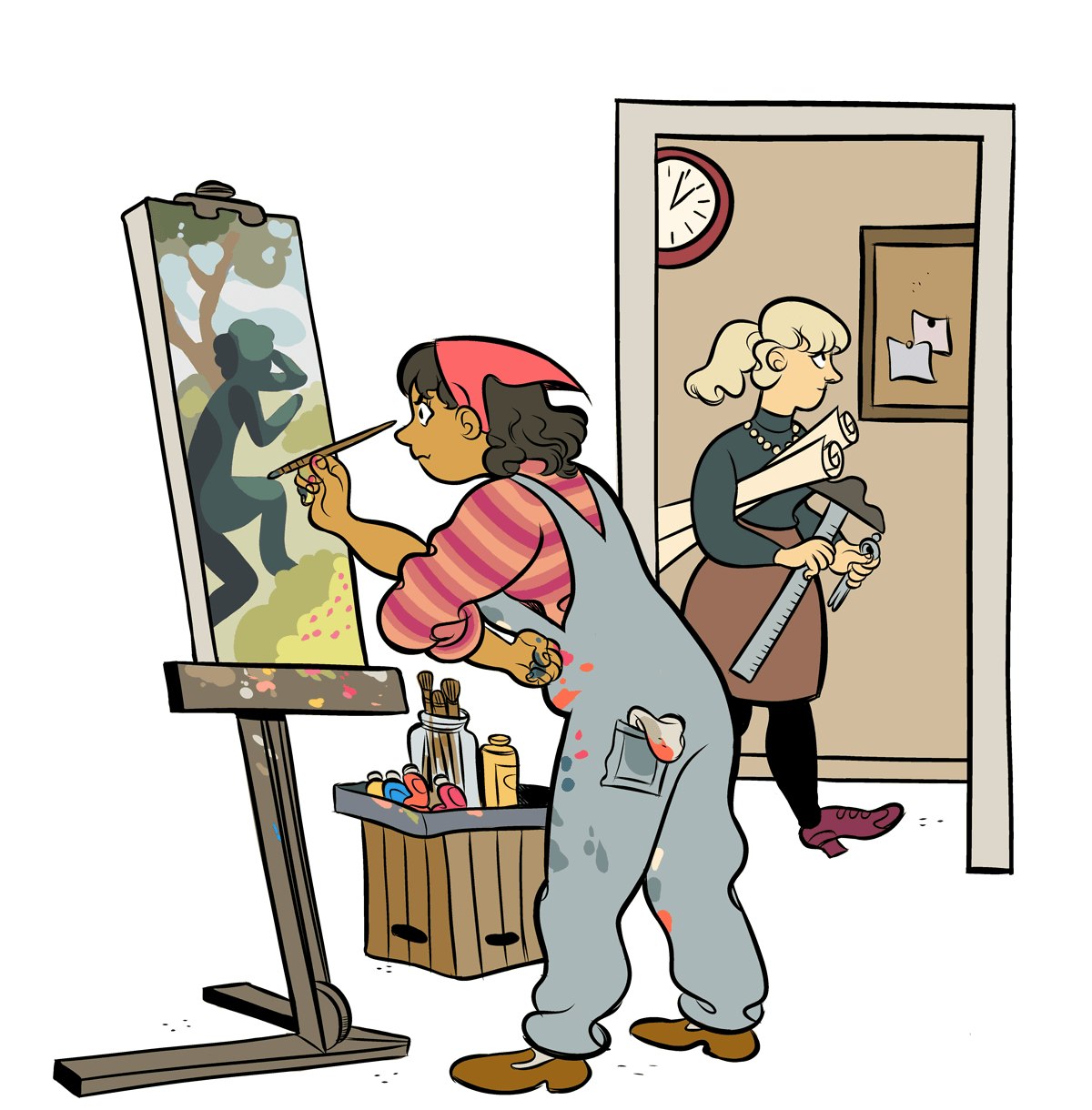
What’s in a Name? Art & Design Searches for Identity
While arts programs developed in several units across campus in the early 1900s, the College of Architecture had taken an active role in arts education as its curriculum. Originally housed in the College of Engineering, the College of Architecture was recognized as fully autonomous in 1931. In 1938, the school was renamed the College of Architecture and Design. And in 1954, the College of Architecture and Design became the College of Architecture and Art. The Department of Art was a distinct unit in the College, with its own administration, faculty, and staff, but with shared deans.
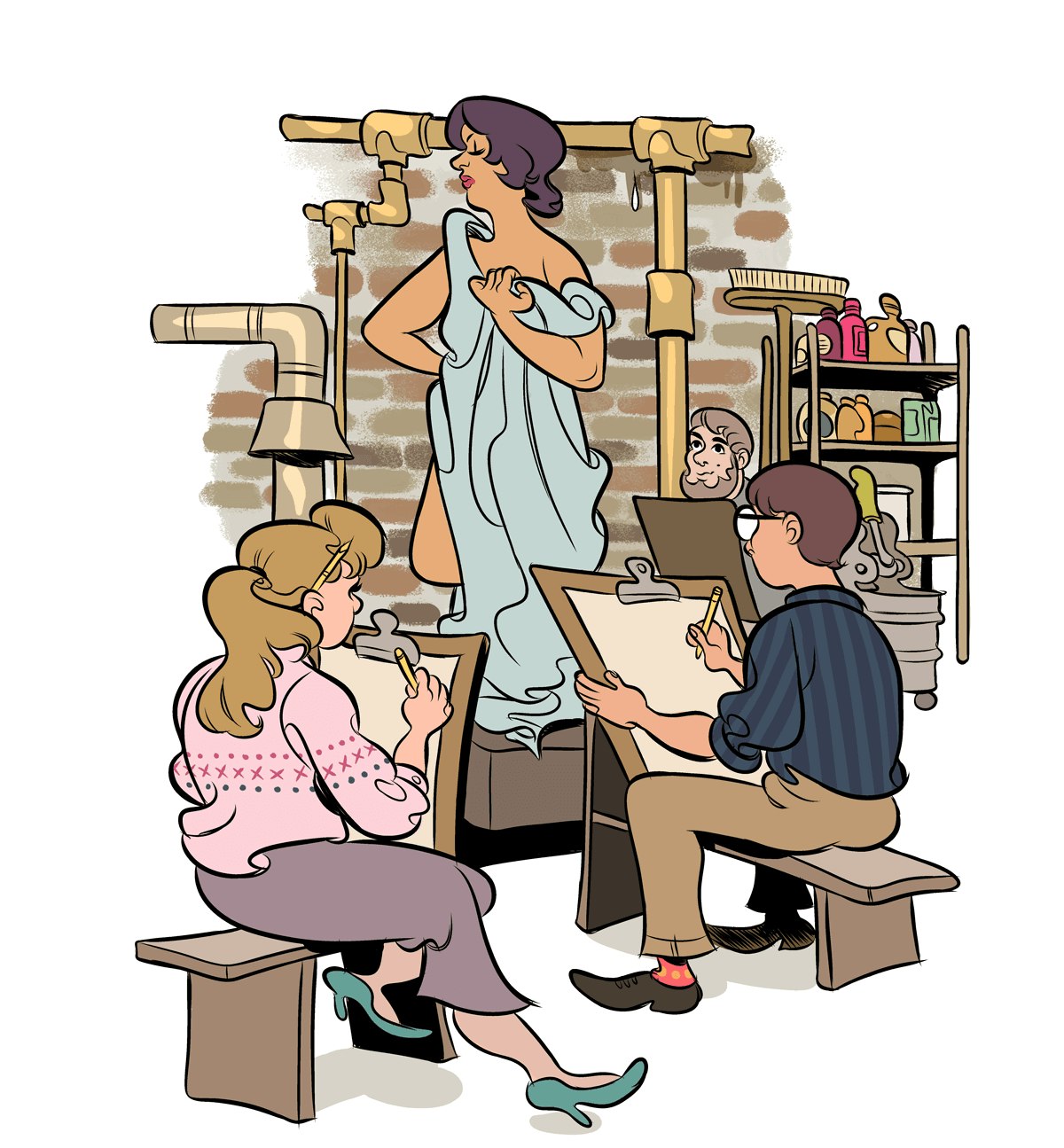
Spread Thin: Art & Design Without a Home
Enrollment in architecture and art courses increased steadily after WWII, over time resulting in classes to be taught in makeshift facilities around campus. Classes were held in the old Argus factory, a converted garage, a vacant house, and the basement of the School of Education. The physical space was utterly inadequate. In 1967, the Department of Art was up for accreditation by the National Association for Schools in Art. The associated noted the tension caused by a “deplorable physical plant,” with few spaces for non-art students.
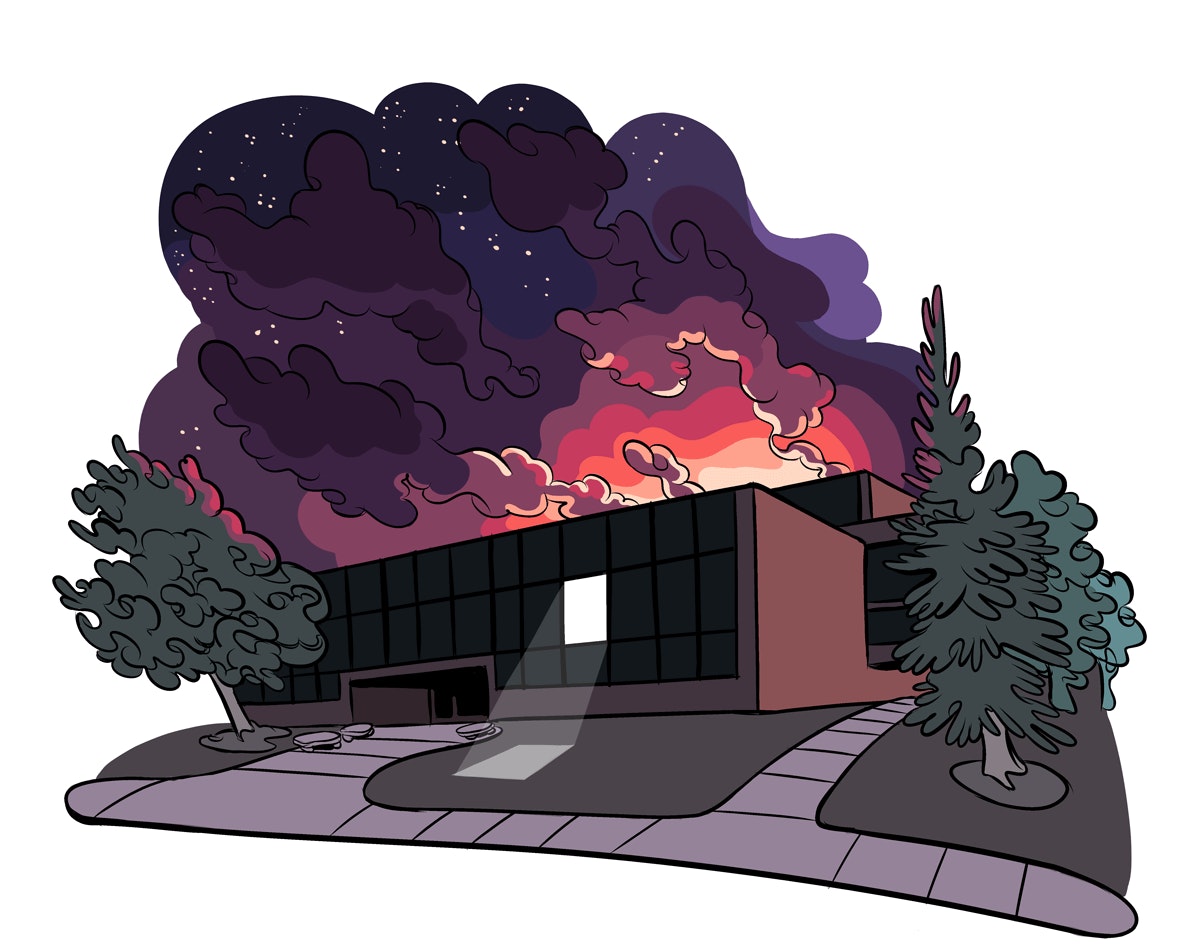
North Campus Move
While a new architecture building had been proposed for North Campus as early as 1950, it wasn’t authorized until 1964. Construction finally began in 1972 and the building was occupied in 1974. While the building was big enough for a 50% increase in students, money was too tight to hire the faculty needed to teach that many students. When the National Association for Schools in Art returned to campus in 1977 for reaccreditation, the school was now praised for the ample physical space it provided to students.
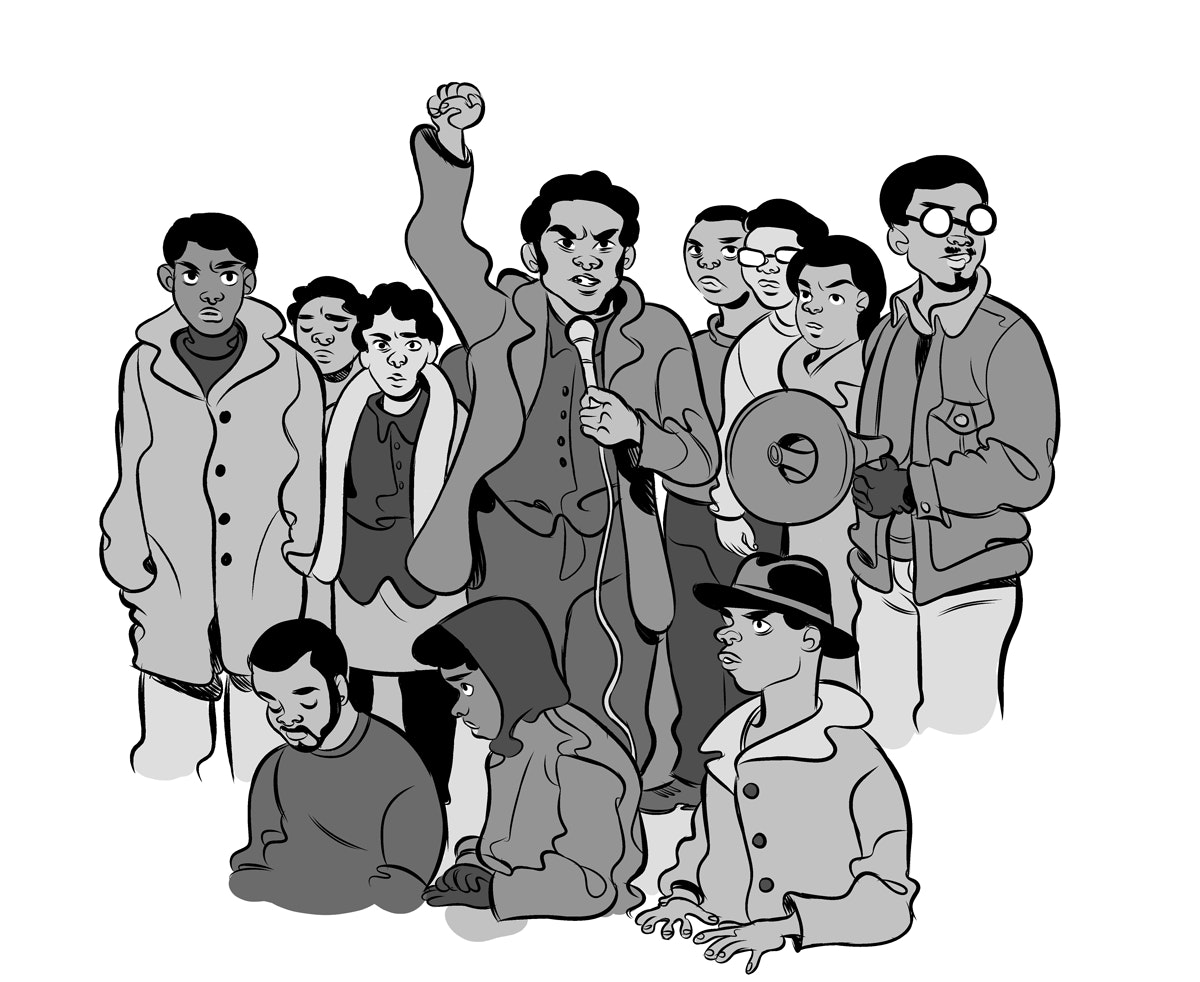
Black Action Movement
In 1970, U-M students launched the Black Action Movement, a series of three major protests by African American students at the University of Michigan: 1970 (BAM I), 1975 (BAM II), and 1987 (BAM III). The protests enlivened the entire campus community and sought to increase minority enrollment, increase financial aid to incoming minority students, and establish a Black Student Center to foster community among black students. During BAM I, over three hundred professors and teaching assistants cancelled classes and many departments were shut down. The university gave approval to the essential demands of increased minority aid, services, and staff, and agreed to work toward a goal of 10% African-American enrollment by 1973.

Shuffling the Deck: Art & Design, Architecture Separate
In 1973, the College of Architecture & Design performed a self-study to determine the best course forward for creative studies to thrive at U-M. The key recommendation that came from the study was that art and architecture be divided into autonomous schools. The Art School curriculum would explore new media and employ community outreach programs, use exhibitions and lecture to disseminate knowledge, and emphasize interdisciplinary education. The recommendation was adopted and in 1974 George Bayliss took the reins as the first dean of the new School of Art.
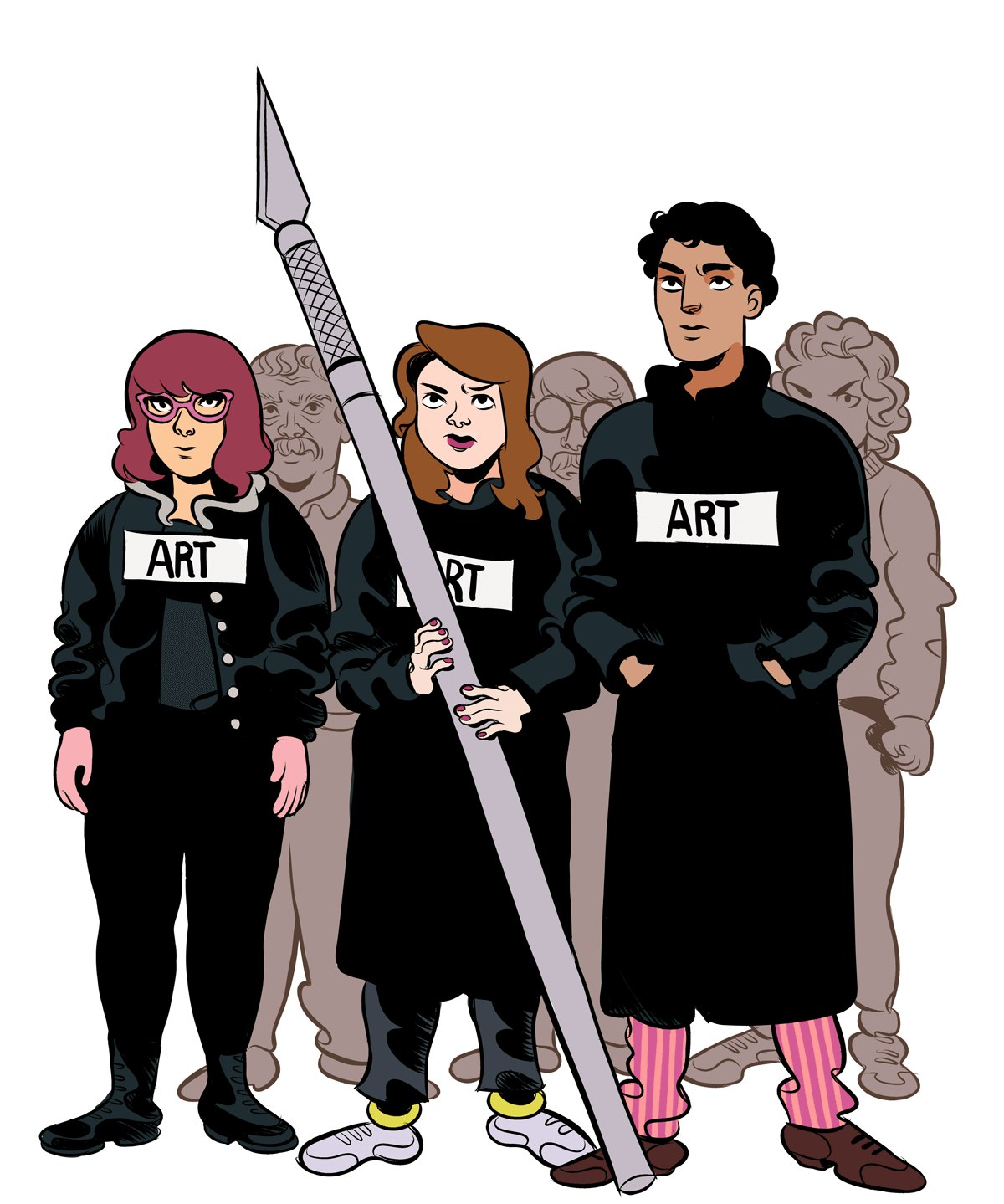
Art in Crisis
In the early 1980s, the School of Art was asked to cut 25% of its budget to assist the university in a reallocation of $20 million. In March of 1983, students made their most public statement of support for the School of Art when — with coaching from the popular professor Ted Ramsay — they held a series of protests on campus. Students marched in silent military formation and dressed uniformly in black with the word ART pinned to their chests. At the call of a whistle, one student would wave a giant replica of an X-ACTO knife to “cut down” 25% of the group, who’d fall to their knees. Regional press covered the protests broadly. While some cuts were still made, they were much less significant than originally proposed.

MouseTRAP
In the early 1990s, the School of Art embraced the global trend toward computers and networked technology by opening courses in these subject areas for students and faculty. The courses went by the name MouseTRAP (Technical Resources for Arts Persons). During this time, the school also expanded their definition of art by taking on faculty with completely different backgrounds. It was during this time that the school hired its first computer engineer to teach new ways of thinking about art and design in the classroom.

Name Change: Art and Design
The name of the School changed from School of Art to School of Art and Design (approved at March 1996 Regents meeting).

A Speaker Series is Born
Penny W. Stamps, a 1966 alumna of the School and founder/principal designer of the Boston-based firm Penny W. Stamps Interiors, felt strongly that being in the midwest was no reason for art and design students at U-M to forgo meaningful connections and networking with professional, world-class creative practitioners. In 1998, Stamps generously founded the newly established Penny W. Stamps Distinguished Visitors Series. In 2000, the series became regularized as the weekly campus happening at the historic Michigan Theater we know and love today: The Penny W. Stamps Distinguished Speaker Series. The series is free and open to the public but is also a required course for all art & design students at U-M, with opportunities to connect with the speakers during their campus visit.

Move to One Major: Art and Design
In 2000, under the leadership of the new Dean, Bryan Rogers, the School re-imagined its mission and curriculum. Media-specific concentrations were eliminated, there was an expansion of tenure/tenure-track faculty hires, international travel became a requirement, and students assembled interdisciplinary courses based on their own interests, all graduating with a single major: Art and Design. The objective was to equip students with a multi-purpose tool kit of conceptual and practical skills and cultural awareness that could prepare them for a wide array of creative practices. The 2008 accreditation by the National Association of Schools of Art & Design concluded: “The visitors found every aspect of the program, curriculum, students, faculty, exhibition venues, and lectures exciting... All agreed that if there were an option to start over from scratch, this is the program that would be built...the School of art and Design and the University of Michigan have created an opportunity to lead the academic conversation in art and design in this country.”
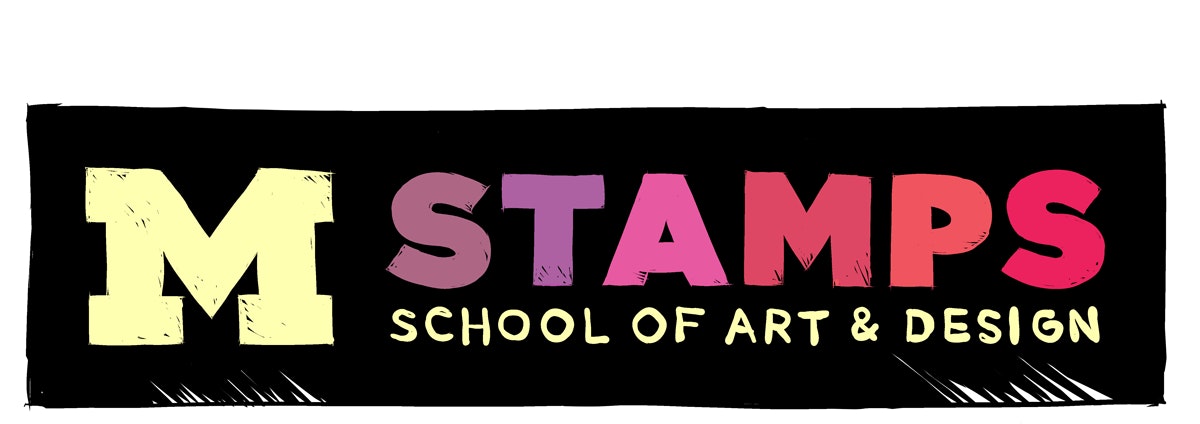
A New Era: The Penny W. Stamps School of Art & Design
The year 2012 marked the beginning of a new era for the school: Gunalan Nadarajan succeeded Bryan Rogers as Dean, and 1966 alumna Penny Stamps and her husband Roe Stamps initiated a $40 million commitment to the School of Art & Design. This remarkable gift made Penny and Roe Stamps the most generous donors in the School’s history and among the most generous benefactors to any art and design school in the United States. On September 20, 2012, as a gesture of gratitude and recognition, the Board of Regents renamed the School the Penny W. Stamps School of Art & Design - or, simply, the Stamps School.
Looking Forward
Stamps Dean Guna Nadarajan on what the future holds: “A decade from now, I envision the School as a nationally and globally recognized leader in art and design education of a different kind. Soon, we will occupy a unique educational niche and function as a definitive part of the University of Michigan. We will achieve that status by exploring a future for creative education that goes beyond the narrowly defined world of art and design, a future that embraces the potential of creative practitioners to be active participants in the creative economy.”